I am trying to understand a temperature rise test that is being conducted over a switchboard. The test conforms to IEC 61439-1. The clause 10.10.2.3.1 (Method of test - General) regarding the temperature rise states about the constant value. It says,
The constant value is reached, in practical condition, when the variation at all measured points (including the ambient air temperature) does not exceed 1 K/h (1 kelvin per hour).
By this statement, I can infer that, if the temperature rise at a specific joint at 15:00 is 78.5 K and at 16:00 is 80 K, then the total variation is 1.5 K over the period of an hour. Thus this is not a constant value. At 17:00 it reaches 80.5 K. Thus now, the total variation is 0.5 K over the period of an hour. Thus this can be inferred as a constant value as per the clause, and we can stop the test. To simplify the scenario, refer below chronological sequence
- 15:00 - 78.5 K
- 16:00 - 80 K
- 17:00 - 80.5 K
The question arises is, whether my inference is correct? I am curious since, the test coordinator insisted to extend the test till 18:00 to check if the variation is below 1 K/h, which, as per my opinion, against the clause in the standard. Requesting all to please clear my thoughts if I am wrong.
For reference I am attaching a snap of the sentence pertaining to the clause.
